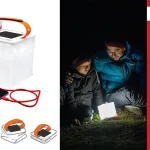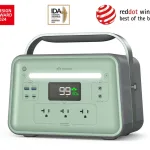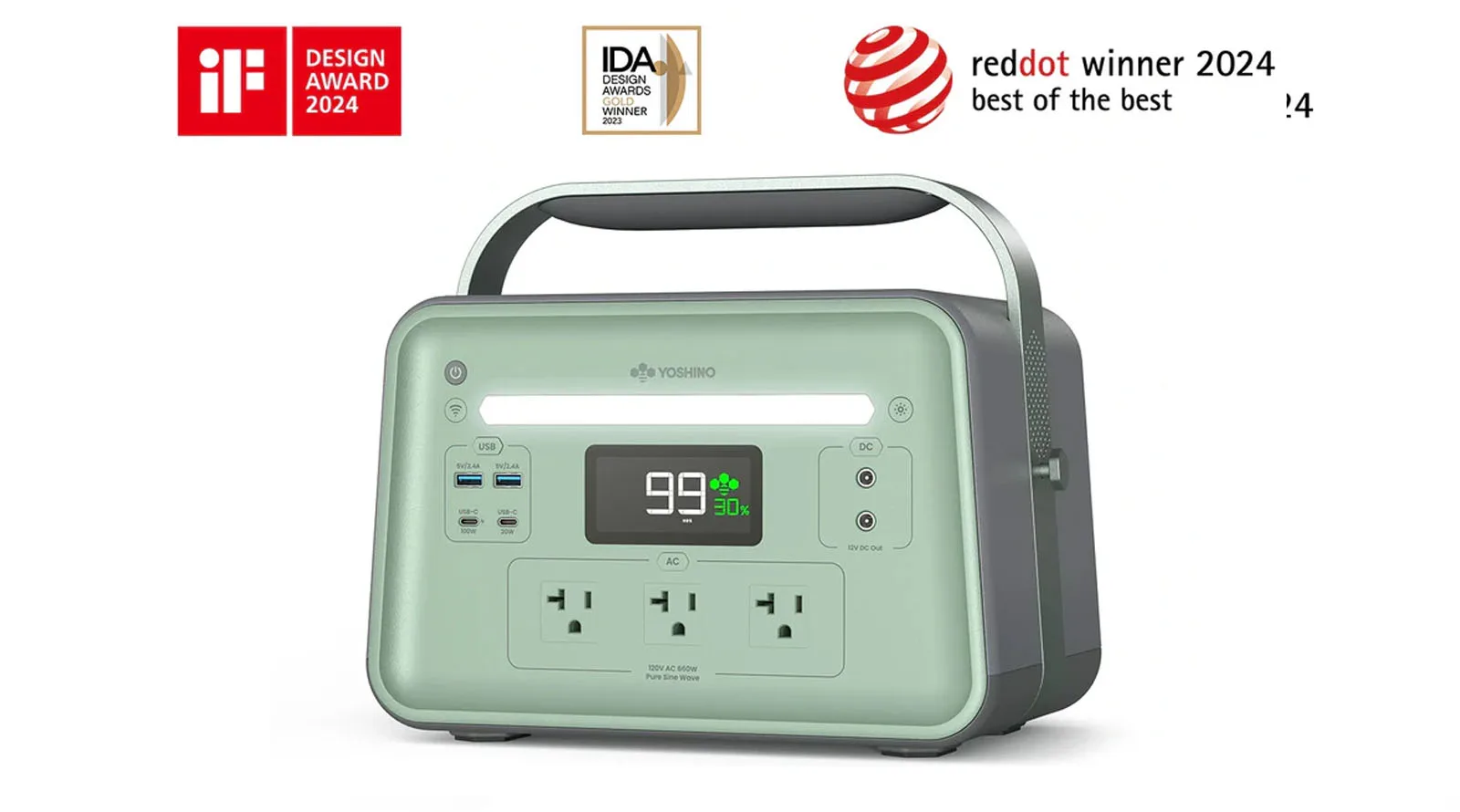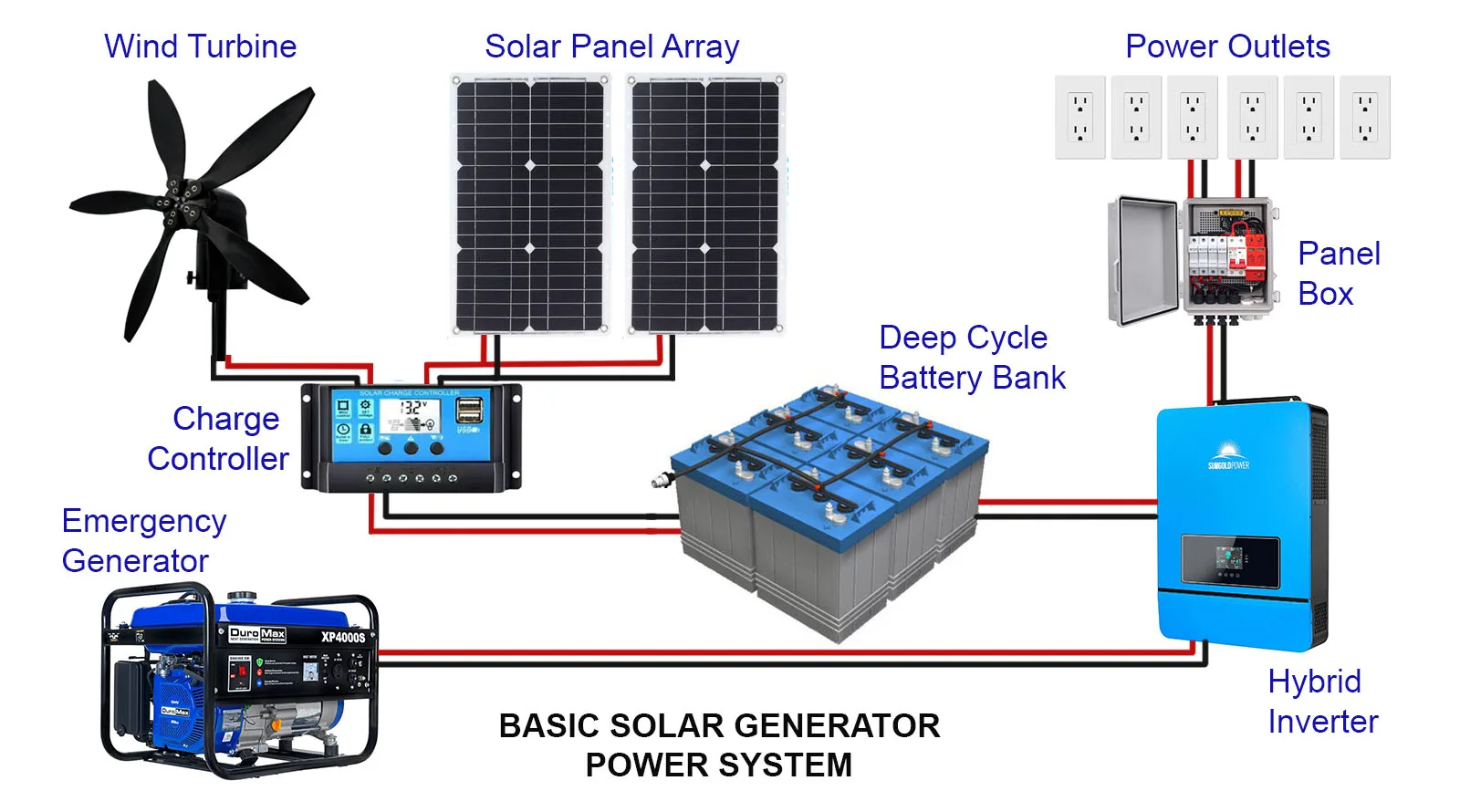In a world where natural disasters, power outages, and unpredictable emergencies are becoming more common, being prepared with a reliable source of power is crucial. While traditional generators have been the go-to for backup power, they come with limitations such as fuel dependency, noise, and emissions. Enter the solar generator — a clean, quiet, and efficient alternative that harnesses the power of the sun to keep your essential devices running when you need them most.
Solar generators are gaining popularity as an ideal solution for disaster preparedness, offering a sustainable way to power everything from communication devices to medical equipment, even when the grid goes down. Unlike gas-powered counterparts, they require no fuel storage, produce no fumes, and can operate quietly, making them perfect for both urban and remote scenarios. With advancements in battery technology and solar panel efficiency, modern solar generators are now capable of providing substantial power output to meet a variety of needs.
The Downside of Solar Generators
While solar generators offer a renewable and eco-friendly source of power, the lifespan of their batteries is one of their most significant downsides. Most solar generators rely on lithium-ion or lithium iron phosphate (LiFePO4) batteries, which, despite their many advantages, have a limited number of charge cycles. Over time, all batteries degrade, losing their ability to hold a full charge, which reduces the overall efficiency and reliability of the generator. Additionally, replacement batteries can be costly and may not always be readily available in a disaster scenario. This finite battery lifespan makes solar generators less ideal for long-term or continuous use, especially in a prolonged emergency situation where power is critical.
The lifespan of a solar generator depends on several factors, including the quality of its components, usage patterns, and maintenance. Here’s a breakdown of the key factors that determine how long a solar generator can last:
1. Battery Lifespan
- Lithium-Ion Batteries: Most solar generators use lithium-ion batteries, which typically last between 500 to 3,000 charge cycles. A cycle is one complete discharge and recharge of the battery. If you use your generator daily, it could last anywhere from 1.5 to 10 years, depending on the number of cycles it supports.
- Example: A battery rated for 2,000 cycles can last over 5 years if used once per day.
- Lithium Iron Phosphate (LiFePO4) Batteries: These are more durable and can last for 3,000 to 5,000 cycles or more, extending the lifespan to 10 to 15 years under regular use.
- Lead-Acid Batteries: Some budget solar generators use lead-acid batteries, which generally last for 200 to 500 cycles. This means they may need to be replaced more often, typically every 1 to 3 years.
2. Inverter and Charge Controller Lifespan
- Inverter: Converts the DC power from the battery to AC power for use with most household devices. A quality inverter can last 10 to 15 years or longer, depending on the brand and usage.
- Charge Controller: Regulates the amount of charge going into the battery from the solar panels to prevent overcharging. A good charge controller can last 5 to 10 years or more.
3. Solar Panel Lifespan
- Solar Panels: Most solar panels have a lifespan of 25 to 30 years. Their efficiency might decrease slightly over time (about 0.5% to 1% per year), but they will continue to produce electricity for decades. Quality panels are built to withstand harsh weather conditions, contributing to their longevity.
4. Build Quality and Maintenance
- Build Quality: High-quality solar generators, built with durable materials and components, will generally last longer. Investing in a reputable brand with solid construction can increase the lifespan significantly.
- Maintenance: Proper maintenance, such as keeping the generator clean, storing it in a cool, dry place, and following the manufacturer’s guidelines for use and care, can extend its lifespan. Batteries should be regularly checked, and connections tightened to prevent wear and tear.
5. Usage Patterns
- Frequency of Use: Generators used frequently (e.g., daily for off-grid living) may wear out faster than those used occasionally for camping or emergencies.
- Depth of Discharge: Regularly draining the battery to its lowest level (deep discharges) can reduce the battery’s lifespan. It’s generally recommended to keep lithium batteries above 20% capacity to extend their life.
6. Environmental Factors
- Temperature: Extreme temperatures (both hot and cold) can shorten the lifespan of a solar generator, especially the battery. Keeping the generator in a temperature-controlled environment when not in use is advisable.
- Weather Conditions: Exposure to moisture, dust, and other environmental elements can impact the longevity of the generator. Protecting it from these elements can help extend its life.
Best LiFePO4 Solar Power Station with Solar Panel Set
Conclusion: How Long Can You Expect a Solar Generator to Last?
A solar generator can last anywhere from 5 to 25 years or more, depending on its components, quality, and care.
- With regular use and good maintenance, lithium-ion solar generators generally last around 7-10 years, while those with lithium iron phosphate (LiFePO4) batteries can last 10-15 years.
- The solar panels themselves are typically the longest-lasting component, often serving for 25+ years with minimal degradation.
To maximize the lifespan, choose a high-quality generator, use it according to manufacturer recommendations, and maintain it properly.
Meet Hajime, your passionate blogger-prepper who believes in empowering individuals and communities with the knowledge and skills necessary to make the art of prepping accessible and practical for everyone.

















